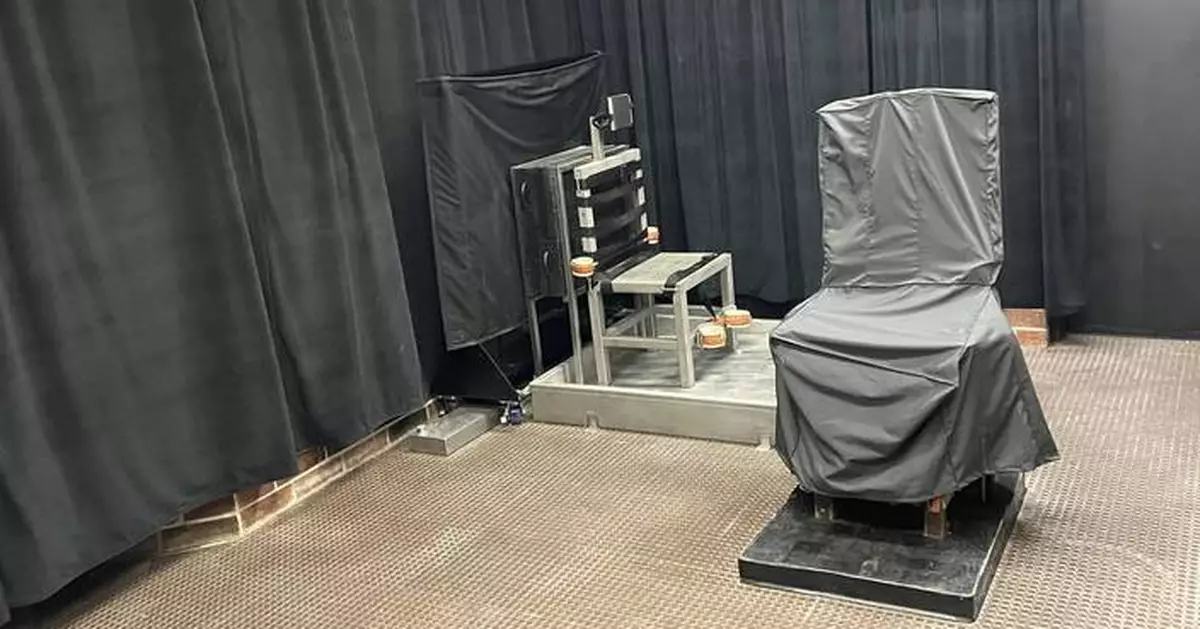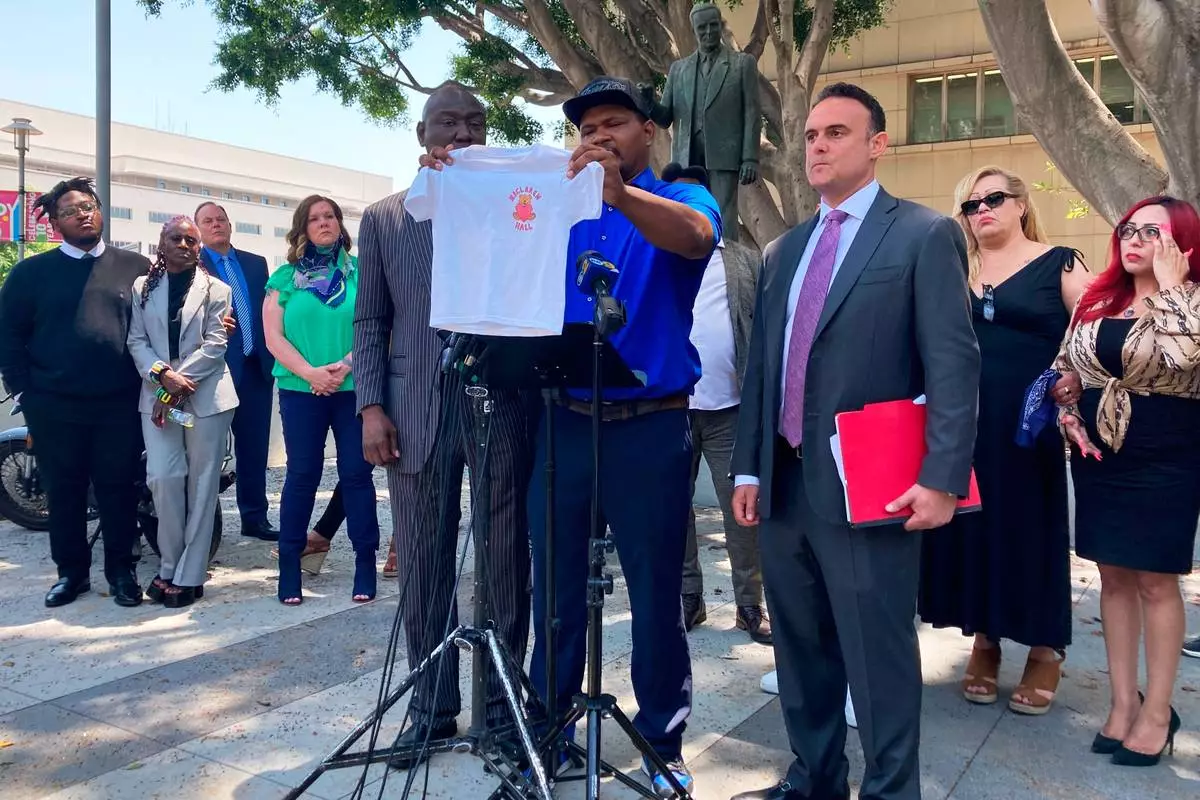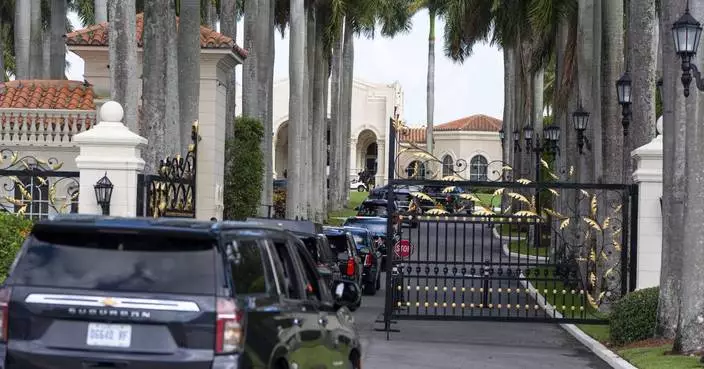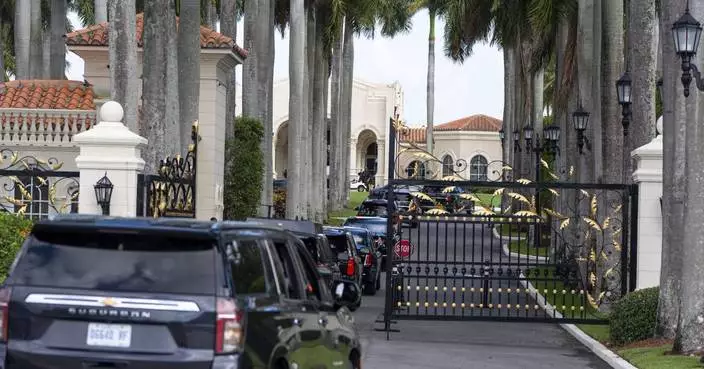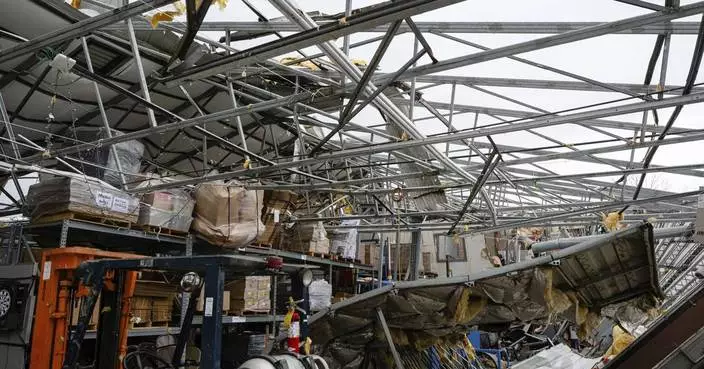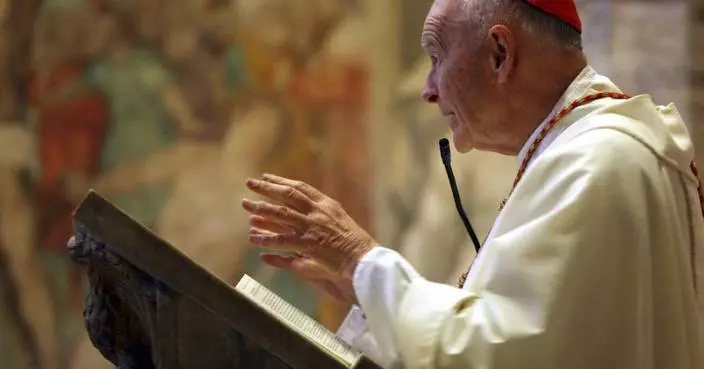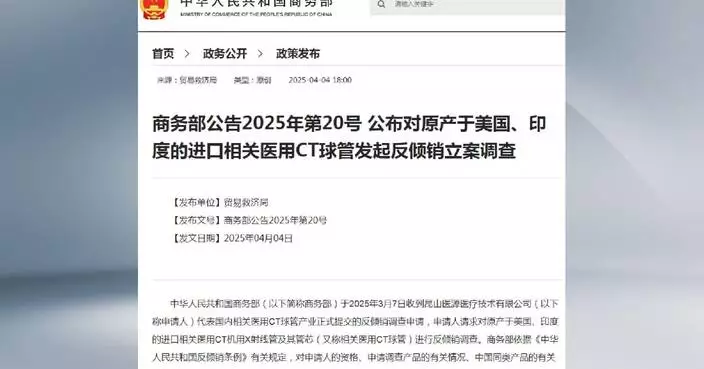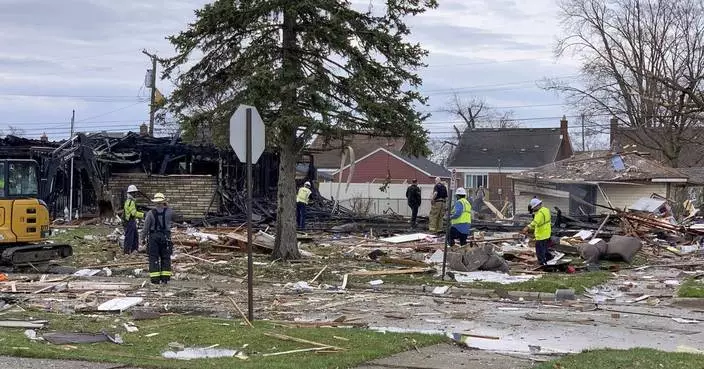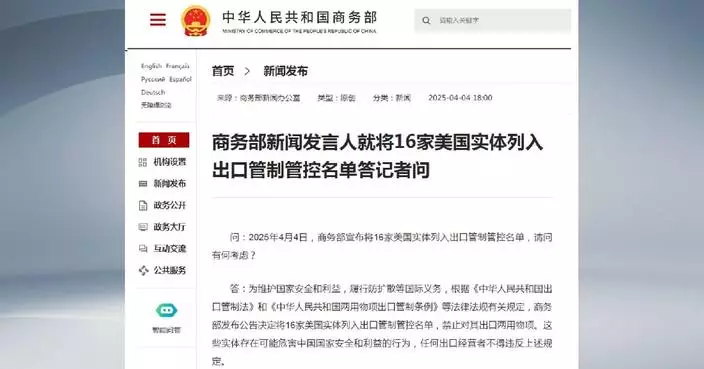COLUMBIA, S.C. (AP) — South Carolina can execute death row inmates by firing squad, lethal injection or the electric chair, the state’s high court ruled Wednesday, opening the door to restart executions after more than a decade.
All five justices agreed with at least part of the ruling. But two of the justices said they felt the firing squad was not a legal way to kill an inmate and one of them felt the electric chair is a cruel and unusual punishment.
In the U.S., 27 states allow the death penalty, but only seven have executed inmates in the past three years as attorneys and advocates argue over excessive pain, proper procedures and the legality of new methods, such as suffocation by nitrogen gas or firing squads that have rarely been used outside the military.
“We start by acknowledging the reality that there is simply no elegant way to kill a man,” Justice John Few wrote in the majority opinion.
South Carolina allowing inmates to choose from the three execution methods is far from an effort to inflict pain but a sincere attempt at making the death penalty less inhumane, Few wrote.
As many as eight inmates may be out of traditional appeals. It is unclear when executions could restart or if there will be appeals.
“We are currently evaluating the next steps in the litigation and remain committed to advocating for the protection of our clients’ rights,” said Lindsey Vann, an attorney for Justice 360, an advocacy group for inmates.
South Carolina can carry out any of the three methods as soon as the state Supreme Court issues an execution order, Corrections Department Director Bryan Stirling said.
“Choice cannot be considered cruel because the condemned inmate may elect to have the State employ the method he and his lawyers believe will cause him the least pain,” Few wrote.
South Carolina has executed 43 inmates since the death penalty was restarted in the U.S. in 1976. Nearly all inmates have chosen lethal injection since it became an option in 1995.
South Carolina hasn’t performed an execution since 2011. The state’s supplies of drugs for lethal injections expired and no pharmaceutical companies would sell more if they could be publicly identified. The justices said the state was allowed to use one drug instead of three after a shield law passed in 2023 allowed officials to keep lethal injection drug suppliers secret and get the sedative pentobarbital in September.
Lawmakers authorized the state to create a firing squad in 2021 to give inmates a choice between it and the same electric chair that state bought in 1912. The inmates sued, saying either choice was cruel and unusual punishment prohibited by the Constitution.
Four of the five justices agreed that all three methods aren't considered cruel under the state constitution. Justice John Kittredge said he would rule the firing squad was illegal because it was unusual — it has been available since South Carolina became a state but never used.
Chief Justice Don Beatty said the electric chair and firing squad are both cruel. A firing squad would leave a bloody scene and there would be no assurance that the three executioners would precisely target the heart, he said. The electric chair is rarely used anymore because it's painful and disfiguring, with “prisoners being engulfed in flames, suffering extensive burns, and bleeding prior to death," Beatty said.
Beatty compared the electric chair to burning someone at the stake.
“The only difference, in my view, is the ‘modernization’ in the last century of the means of ignition — from a match to electric current. The end result of the process, for all intents and purposes, remains the same,” Beatty wrote.
The justices said the prison director still must provide proof the lethal injection drug is stable and correctly mixed. Inmates can sue if they disagree with the determination and the court promised a prompt decision.
South Carolina has 32 inmates on its death row. Four prisoners are suing, but four more have also run out of appeals, although two of them face a competency hearing before they could be executed, according to Justice 360.
Gov. Henry McMaster said the justices interpreted the law correctly. “This decision is another step in ensuring that lawful sentences can be duly enforced and the families and loved ones of the victims receive the closure and justice they have long awaited,” he said in a statement.
The state said in its argument before the state Supreme Court in February that lethal injection, electrocution and firing squad all fit existing death penalty protocols. “Courts have never held the death has to be instantaneous or painless,” wrote Grayson Lambert, a lawyer for the governor’s office.
South Carolina used to carry out an average of three executions a year and had more than 60 inmates on death row when the last execution was carried out in 2011. Since then, successful appeals and natural deaths have lowered the number to 32.
Prosecutors have sent only three new prisoners to death row in the past 13 years. Facing rising costs, the lack of lethal injection drugs and more vigorous defenses, they are choosing to accept guilty pleas and life in prison without parole even in some cases where a convicted murderer was originally sent to death row by a jury.
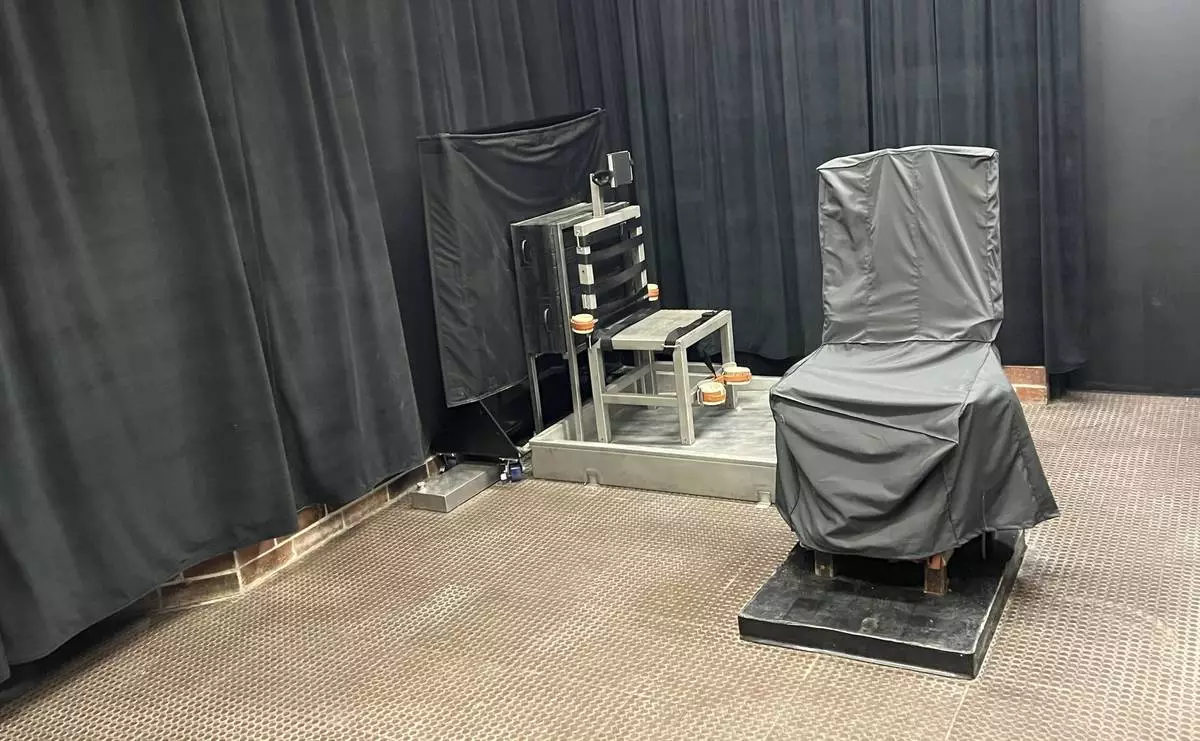
FILE - This undated photo provided by the South Carolina Department of Corrections shows the state's death chamber in Columbia, S.C., including the electric chair, right, and a firing squad chair, left. Quincy Allen, 44, was taken off death row Monday, July 22, 2024, after agreeing to a life sentence when a federal court overturned his 2005 death sentence for killing two people in South Carolina. (South Carolina Department of Corrections via AP, File)


